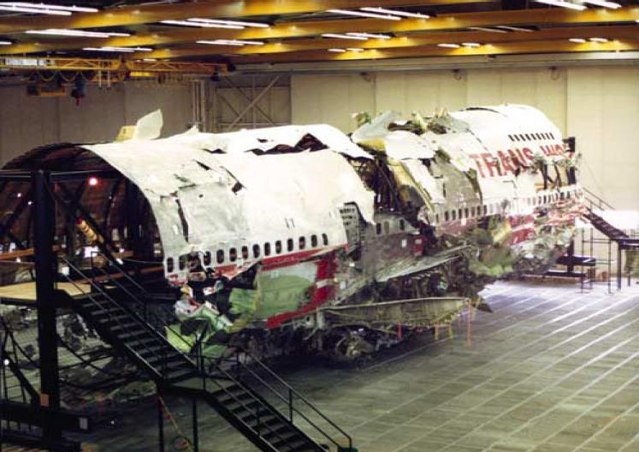TWA, or Trans World Airlines, was one of the major American airlines that operated from 1925 until its acquisition by American Airlines in 2001. TWA was known for its international routes and iconic history in aviation. While there were several incidents involving TWA flights, one of the most notable tragedies was the explosion of TWA Flight 800.
TWA Flight 800 – Retrospective Analysis:
- Date: July 17, 1996.
- Route: The Boeing 747 aircraft was en route from John F. Kennedy International Airport in New York City to Rome Fiumicino Airport.
- Incident: Shortly after takeoff, the aircraft experienced a catastrophic explosion and crashed into the Atlantic Ocean near East Moriches, New York, killing all 230 people on board.
- Investigation: The official investigation, led by the National Transportation Safety Board (NTSB), concluded that the probable cause of the explosion was a fuel/air mixture in the center fuel tank, which ignited due to an electrical spark. The investigation ruled out criminal activity or a missile strike.
The TWA Flight 800 incident prompted changes in aviation safety, particularly in addressing fuel tank flammability. It led to modifications in aircraft design and regulations to enhance safety measures aimed at preventing similar accidents.
The crash of TWA Flight 800 remains a somber chapter in aviation history, and it contributed to ongoing efforts to improve air travel safety. It’s important to note that “Flight A” is not a standard designation for an airline incident, so if you are referring to a different event, please provide more details for a more accurate response.










